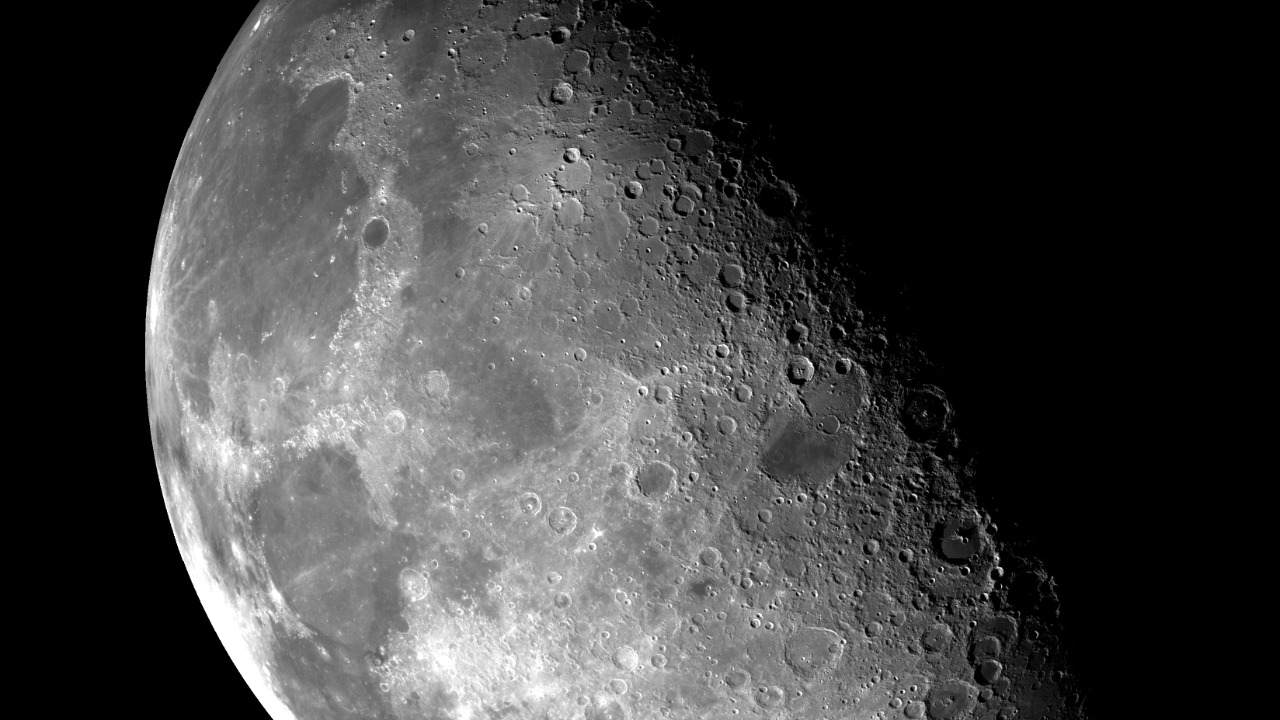
Imagine a future where the moon isn’t just a barren satellite but a repository of Earth’s biodiversity, safeguarding genetic material for generations to come. This audacious concept is gaining momentum as scientists and researchers explore the potential of storing DNA on the moon. Let’s delve into the reasons why your DNA might one day reside on our celestial neighbor.
The Concept of Lunar DNA Storage
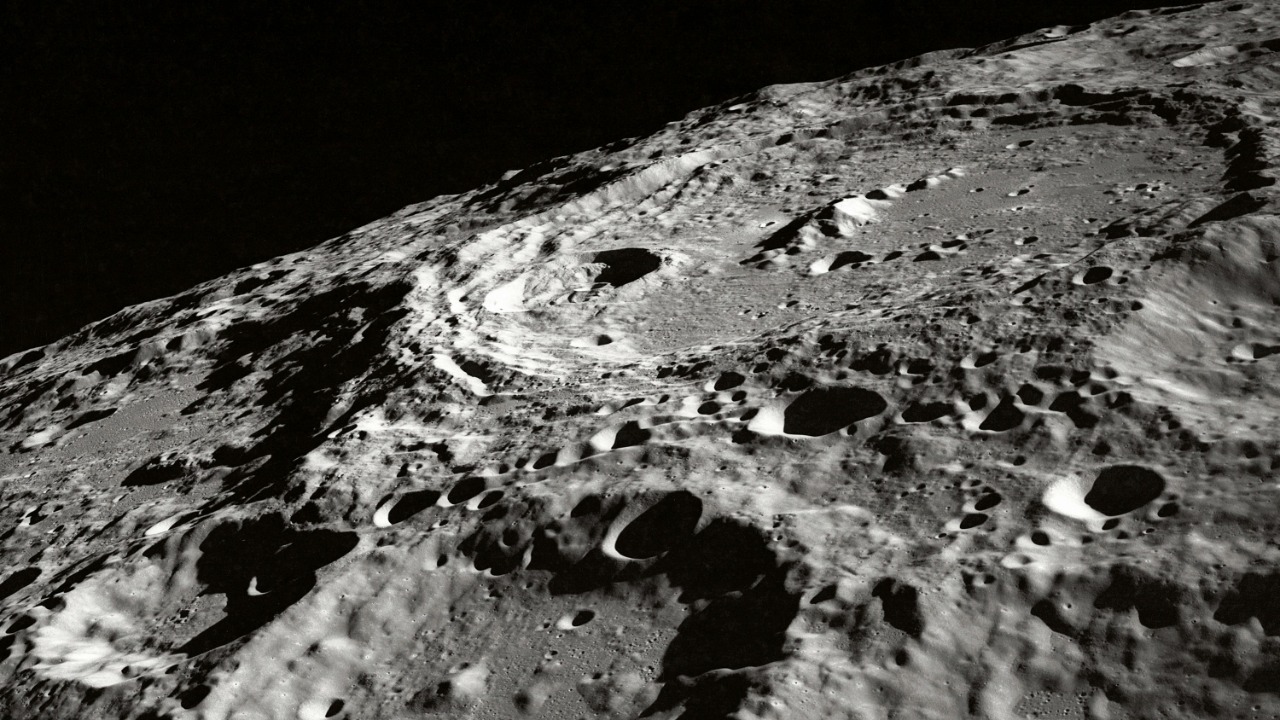
The notion of storing DNA on the moon may sound like science fiction, yet it’s becoming an increasingly viable strategy for preserving Earth’s genetic material. The initiative aims to create a lunar DNA repository that could serve as a backup for Earth’s biodiversity. This involves encoding DNA into a stable format that can be stored in the harsh lunar environment without degradation over time.
The proposed methods for storing DNA on the moon include encapsulating genetic material in protective containers that can withstand extreme temperatures and radiation. These capsules would be housed in lunar caves or buried beneath the surface to shield them from cosmic rays. Compared to terrestrial genetic storage solutions, which are vulnerable to climate change and other disasters, lunar storage offers a more stable and secure alternative.
Preserving Earth’s Biodiversity
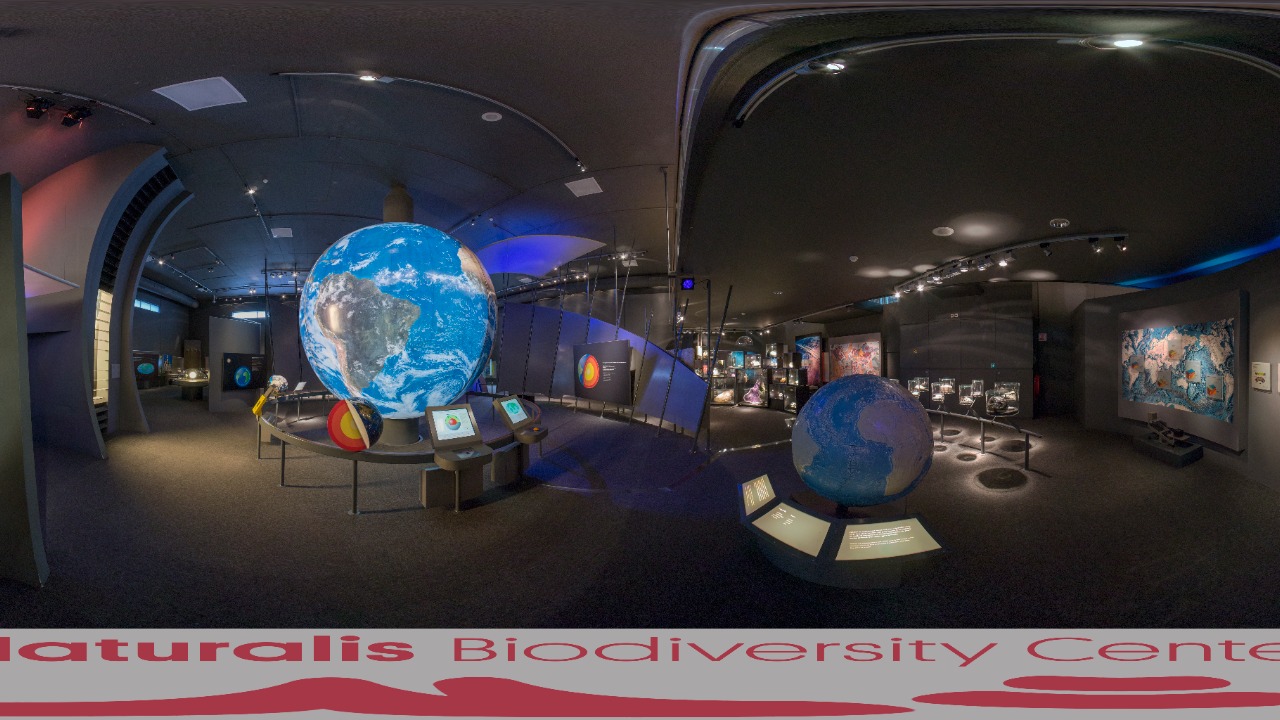
With over 6.7 million species on the planet, preserving genetic diversity is crucial for maintaining ecological balance and potential scientific breakthroughs. Lunar DNA storage provides a safeguard against terrestrial catastrophes, such as climate change, natural disasters, and human activities that threaten biodiversity. By storing DNA on the moon, we create a backup that could be crucial for future efforts to restore lost species and ecosystems.
As the planet faces increasing environmental pressures, the risk of losing invaluable genetic material grows. Lunar storage offers a solution by ensuring that Earth’s biodiversity is protected from unforeseen events. This initiative could prevent the irreversible loss of species, providing a means to reintroduce genetic diversity and maintain ecological resilience in the face of global challenges.
The Moon as a Safe Haven
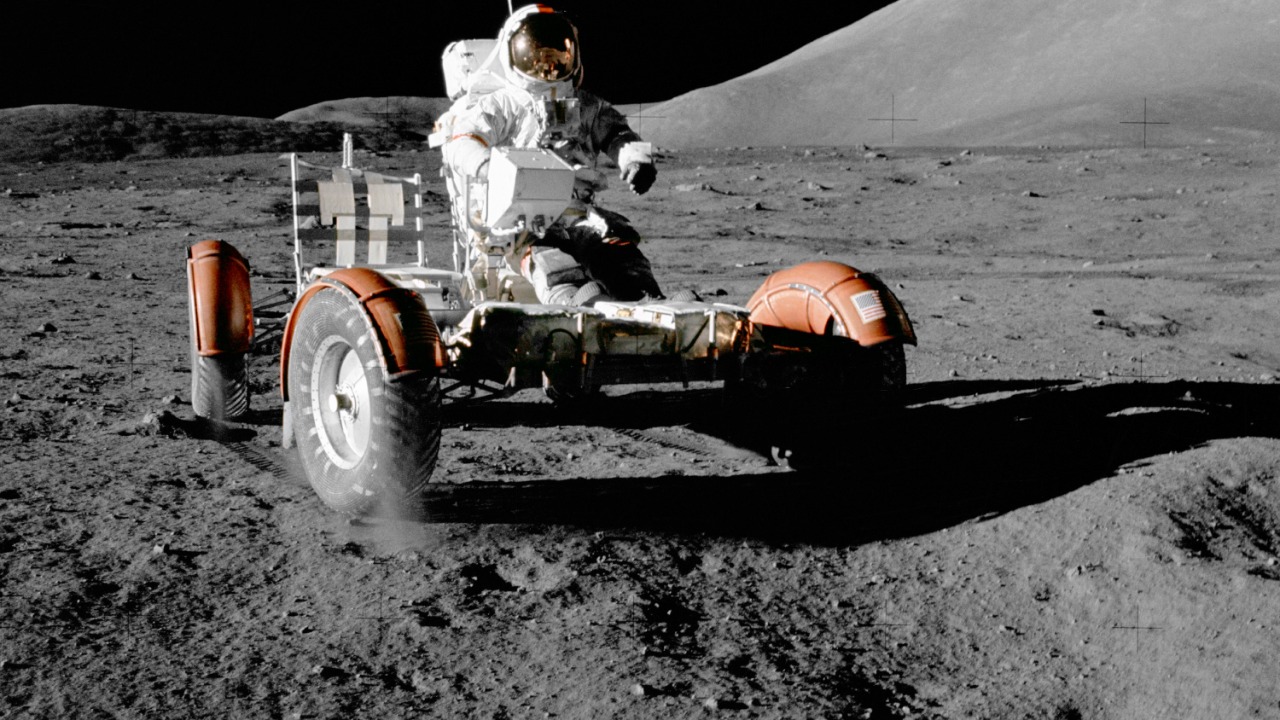
The moon’s stable environment makes it an ideal location for long-term DNA storage. Unlike Earth, the moon experiences minimal atmospheric disturbances and seismic activity, providing a calm and consistent environment for preserving genetic material. The absence of weather phenomena, such as storms or floods, further enhances its suitability as a repository for Earth’s biodiversity.
In addition to environmental stability, the moon offers protection from Earth’s political and social instability. By storing DNA off-planet, we reduce the risk of losing genetic material due to conflicts or other human-induced crises. The moon’s natural conditions, such as low temperatures and lack of atmosphere, also contribute to the long-term preservation of DNA, making it a secure vault for future generations.
Technological and Logistical Challenges
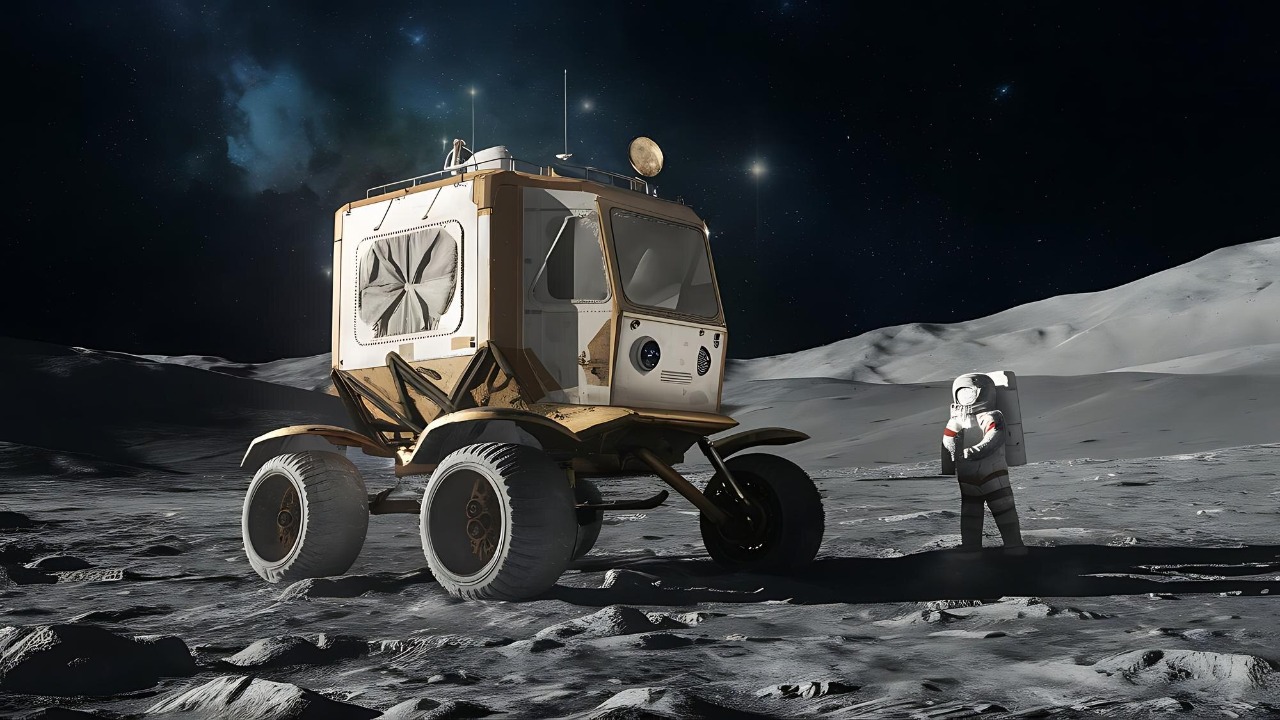
While the concept of lunar DNA storage is promising, it comes with significant technological and logistical challenges. Transporting DNA samples to the moon requires reliable and efficient spacecraft capable of withstanding the journey and landing safely on the lunar surface. Once there, the challenge lies in ensuring the proper storage and maintenance of genetic material to prevent degradation.
Advancements in space technology are necessary to make this vision a reality. Developing cost-effective methods for establishing a lunar DNA repository is crucial, as is ensuring the feasibility of long-term maintenance. Despite these challenges, the potential benefits of safeguarding Earth’s genetic heritage on the moon make this an endeavor worth pursuing.
Ethical and Philosophical Considerations
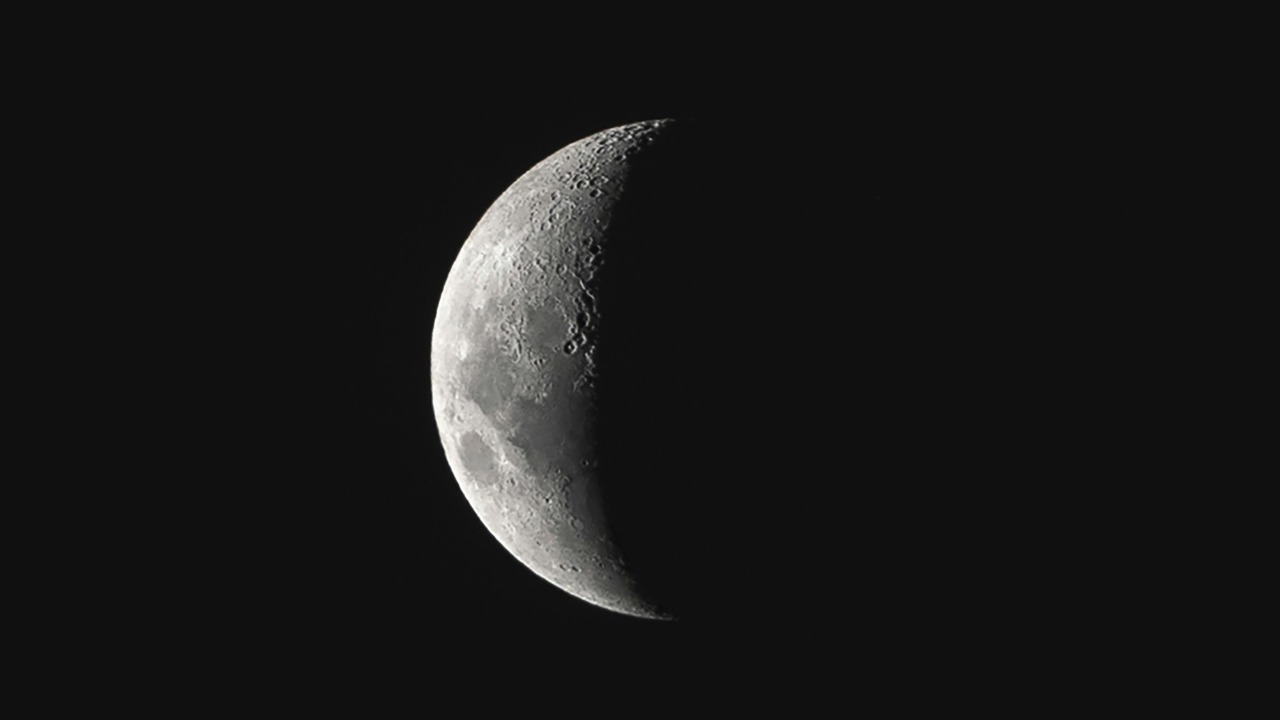
Storing DNA on the moon raises a host of ethical questions. Should we preserve human and non-human DNA equally, and who decides what genetic material is worthy of preservation? Issues of ownership and stewardship come to the forefront, as we must consider who has the right to access and manage these lunar genetic archives.
Philosophically, the initiative prompts reflection on the human legacy and our responsibility to future generations. By preserving DNA on the moon, we acknowledge the significance of our planet’s biodiversity and our role in its conservation. This endeavor challenges us to consider the broader implications of our actions and the legacy we wish to leave for those who come after us.
The Future of Lunar Colonization and DNA Storage
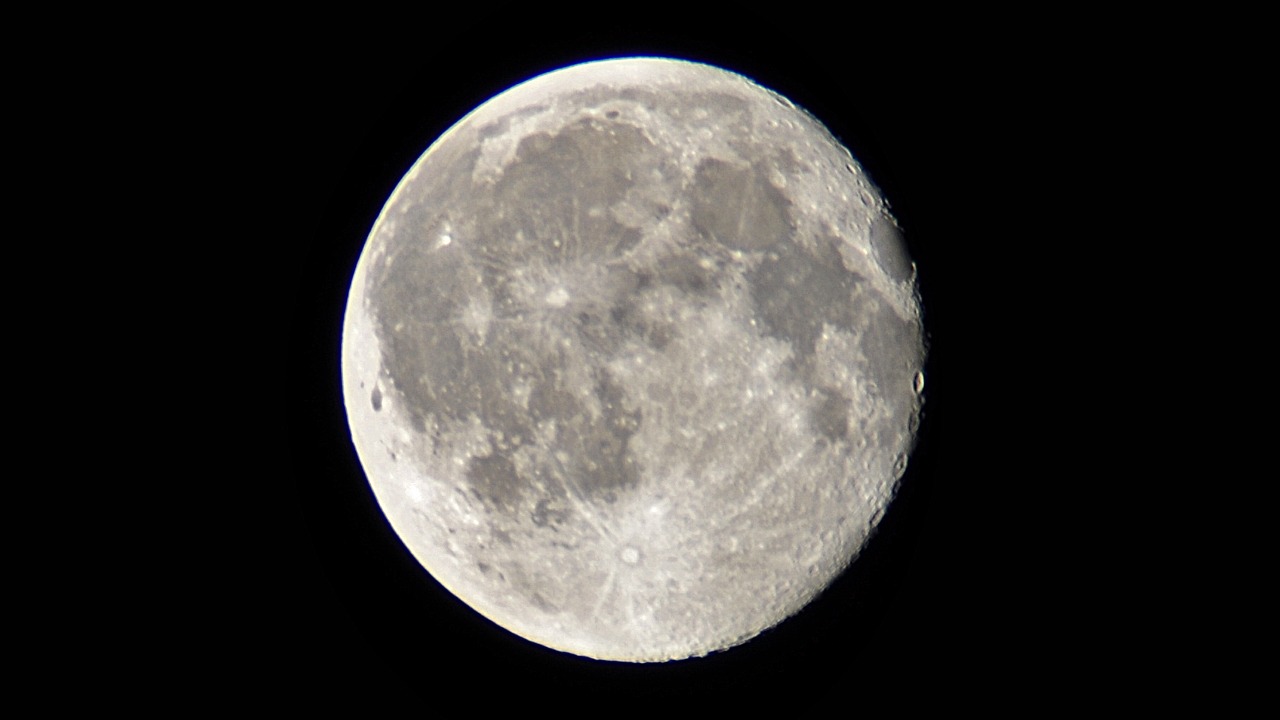
Lunar DNA storage is intricately linked to broader plans for moon colonization and exploration. As space agencies, governments, and private enterprises collaborate, the moon could serve as a stepping stone for further space exploration and a hub for scientific research. The potential for living on the moon and utilizing its resources is an exciting frontier that complements the goals of genetic preservation.
The vision for a future where the moon acts as a guardian of Earth’s genetic heritage is both ambitious and inspiring. As we strive to protect our planet’s biodiversity, the collaborative efforts of various stakeholders will be essential in realizing this goal. By embracing the potential of lunar DNA storage, we take a significant step toward ensuring the survival and prosperity of Earth’s myriad species for generations to come.